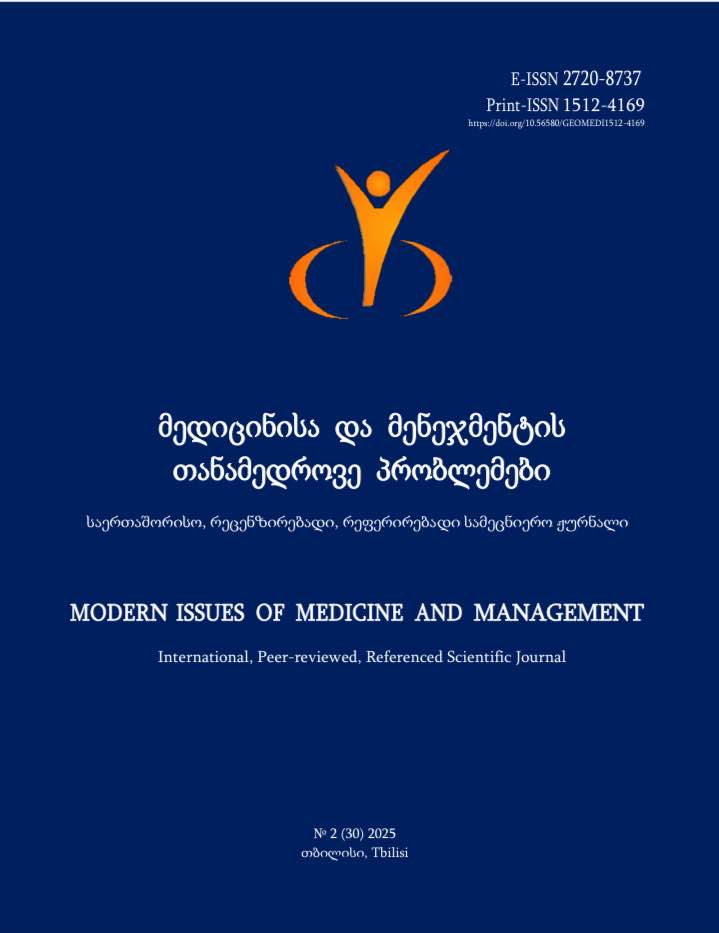Physical performance and biological maturity of primary school children
DOI:
https://doi.org/10.56580/GEOMEDI70Keywords:
Physical performance, muscular work, dynamic mode, aerobic bioenergetics, aerobic work mode, anaerobic work mode, submaximal power, primary school-age children, endurance to aerobic muscular activity, internal structure of aerobic abilitiesAbstract
The results of one-factor variance analysis indicate the necessity of incorporating into the physical training of primary school children methods and tools aimed at improving the efficiency of aerobic energy production, as an integral part of the internal structure of children's preparedness for strenuous muscular activity. Factor analysis revealed that the aerobic abilities of primary school children have a heterogeneous structure and are largely determined by capacity, power, the feasibility of potential aerobic power, and aerobic efficiency.
Metrics
References
Son'kin, V.D., Tambovtseva, R.V. (2018). The Development of Muscle Energy and Performance in Ontogenesis. Moscow, Russia: URSS.
Davydov, A.S., Sidorov, E.P. (2014). New Modification of the PWC170 Test. Therapist, No. 6, 68-71.
Dushanin, S.F., Beregovoy, Yu.V., Miguleva, I.G. (1984). Accelerated Methods for Studying Muscle Energy Metabolism: Methodical Recommendations. Kiev, 29 pages.
Kolyagina, E.F. (1983). Motor Activity and Oxygen Regimes of the Schoolchild's Body. Rostov University Press, 112 pages.



